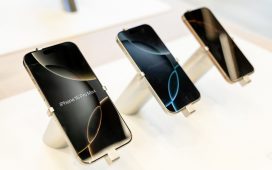Every barrier seems unbreakable… until someone comes along and smashes it. For a seven-year period from 1998 to 2005, the McLaren F1 held the top speed record for production cars at 240.1 miles per hour, which seemed unbeatable at the time. That is until the Volkswagen Group and the Buggati Veyron came along and took McLaren’s title with a 253 mph top speed. To celebrate cars like the F1 and the Veyron, we wanted to take a look at every car that broke significant speed records.
Unlike the above records set by Bugatti or McLaren, these were all set by race cars that were not road-legal. This shouldn’t be surprising, since breaking a world record typically requires expensive technology that may not be possible for a production car due to cost, safety, or other reasons. We will be examining the cars that first broke the 62 mph (100 kph), 100 mph, 150 mph, 200 mph, 300 mph, and sound barriers.
6 62 MPH (100 KPH): La Jamais Content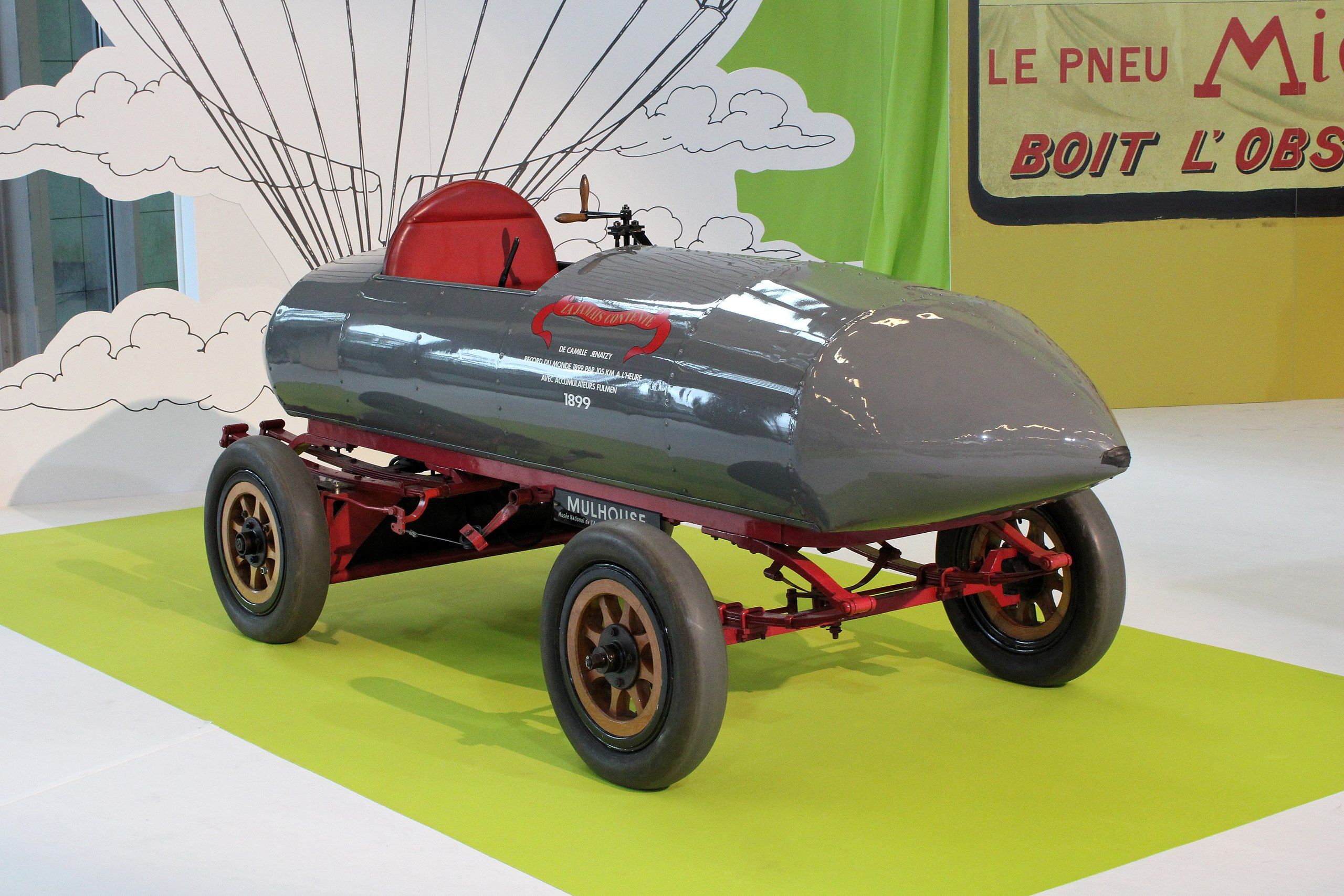
Now used as a benchmark for vehicle acceleration, it didn’t take long to build a car that could first achieve 62 mph, also known as the more even number, 100 kilometers per hour. In 1899, just 14 years after the advent of the Benz Patent Motor Car, the first ever automobile, a French vehicle called the La Jamais Contente (The Never Satisfied in English) set a land speed record of 65.792 mph (105.882 kph) on a racetrack, driven by Belgian driver Camille Jenatzy.
La Jamais Contente featured a torpedo-shaped body that cut through the air, though the driver’s high seating position ruined the aerodynamics and prevented the car from achieving an even higher top speed. Surprisingly, the first record setter on this list is actually an electric vehicle. The car used two Postel-Vinay motors with a chain drive, totaling around 68 horsepower. Jenatzy blasted past a crowd of people who witnessed the record, and cheered for an encore. Sadly, the 19th century electric motors weren’t able to achieve the top speed a second time. Still, this record stood until 1902 when a steam-powered vehicle achieved 75.06 mph.
5 100 MPH: It’s Complicated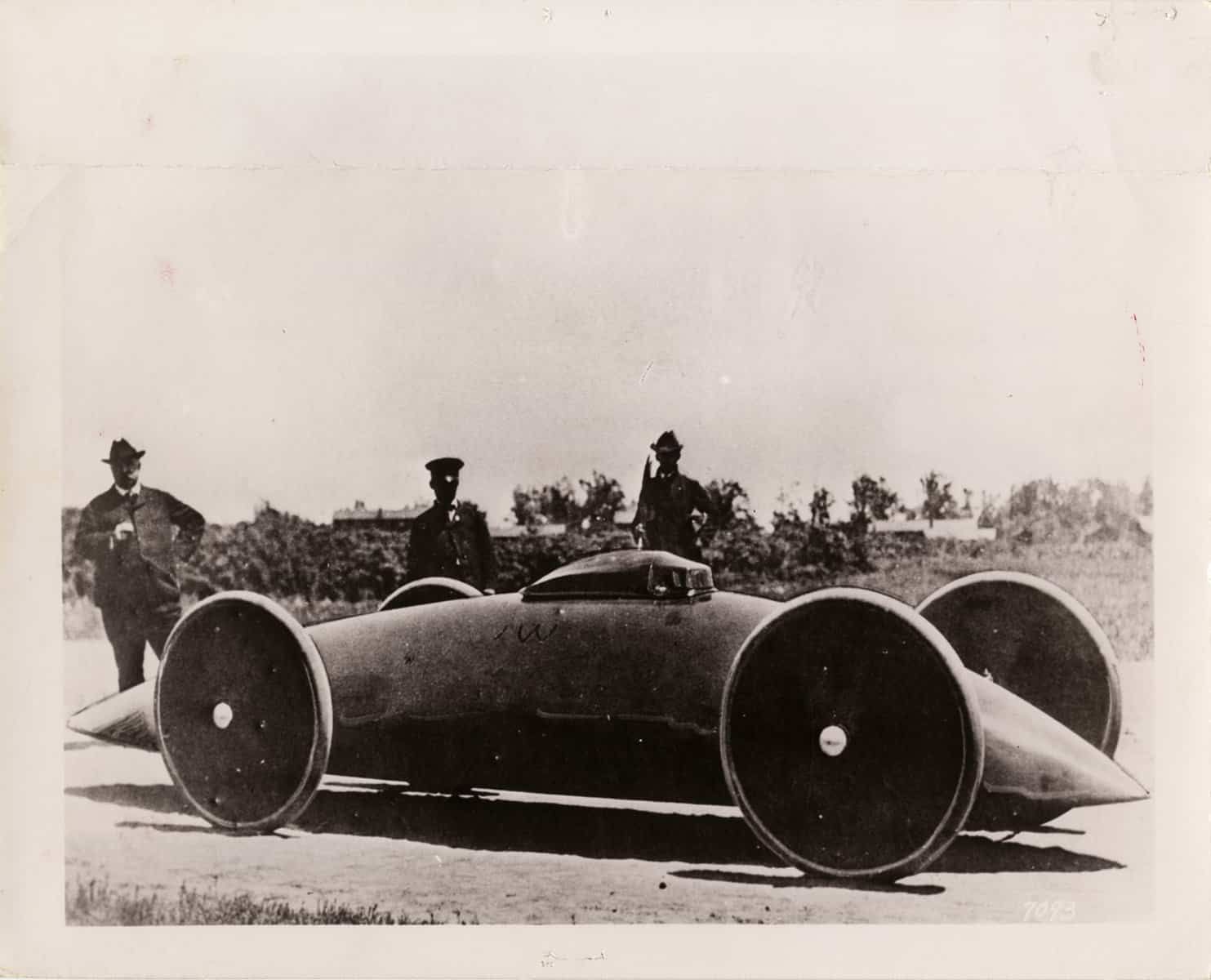
Unlike the 60 mph barrier, the title of the first car to hit 100 mph is highly disputed and record-keeping in the early 1900s was, let’s just say, less than ideal. As with the previous record, the car that may have the strongest claim to cracking 100 mph first was an EV. Inspired by Jenatzy’s 100 kph record, Cleveland-based Walter Baker set out to build an even faster car. The Baker Torpedo looked like science fiction brought to reality when it raced in 1902. The streamlined body required far less power than La Jamais Contente, just 14 hp from an Elwell-Parker motor and 11 lead-acid batteries. It could cut through the air thanks to a teardrop shape and 36-inch wire-spoke wheels with inner and outer disc covers.
Sadly, one of those wheels broke during its first record attempt, causing a crash that injured and killed nearly 20 people. The tragedy doesn’t end there, as the next record run on Memorial Day 1902 also ended with the car swerving into a car on Staten Island, New York. The Torpedo awkwardly hit the trolley tracks, causing it to veer off and kill two spectators. Baker and his brakeman lived because this was the first race car to ever be equipped with seatbelts. In fact, the two men were arrested on the scene for manslaughter, but the charges were later dropped because the victims had crossed a safety barrier. It’s estimated that the car hit 104 mph on this run, but the fatal incident caused the US to ban public record runs, hence why the Torpedo doesn’t get credit for breaking 100 mph.
Land speed record attempts in America resumed in 1904 at an event on the Daytona-Ormond beach in Florida. During this event, an improved version of Baker’s car called the Torpedo Kid recorded 104 mph with W.J. Hastings behind the wheel. Baker himself then stepped behind the wheel and unofficially took the car to 136 mph. As we mentioned, record-keeping was spotty during this time period, which is why the official title is owned by a French car called the Gobron-Brillié.
This car had a unique 13.5-liter opposed-piston four-cylinder engine producing a whopping 110 hp. On July 21, 1904, on a beach in Ostend, Belgium, the Gobron-Brillié clocked 103.56 mph. In that same year, an American car called the Napier L48 “Samson” achieved a 104.65 mph speed on Florida’s beaches using the world’s first six-cylinder engine, a massive 15-liter behemoth. By 1919, the Vauxhall OE-type 30-98 gave average UK citizens the ability to hit 100 mph in a production car.
4 150 MPH: Sunbeam 350HP Bluebird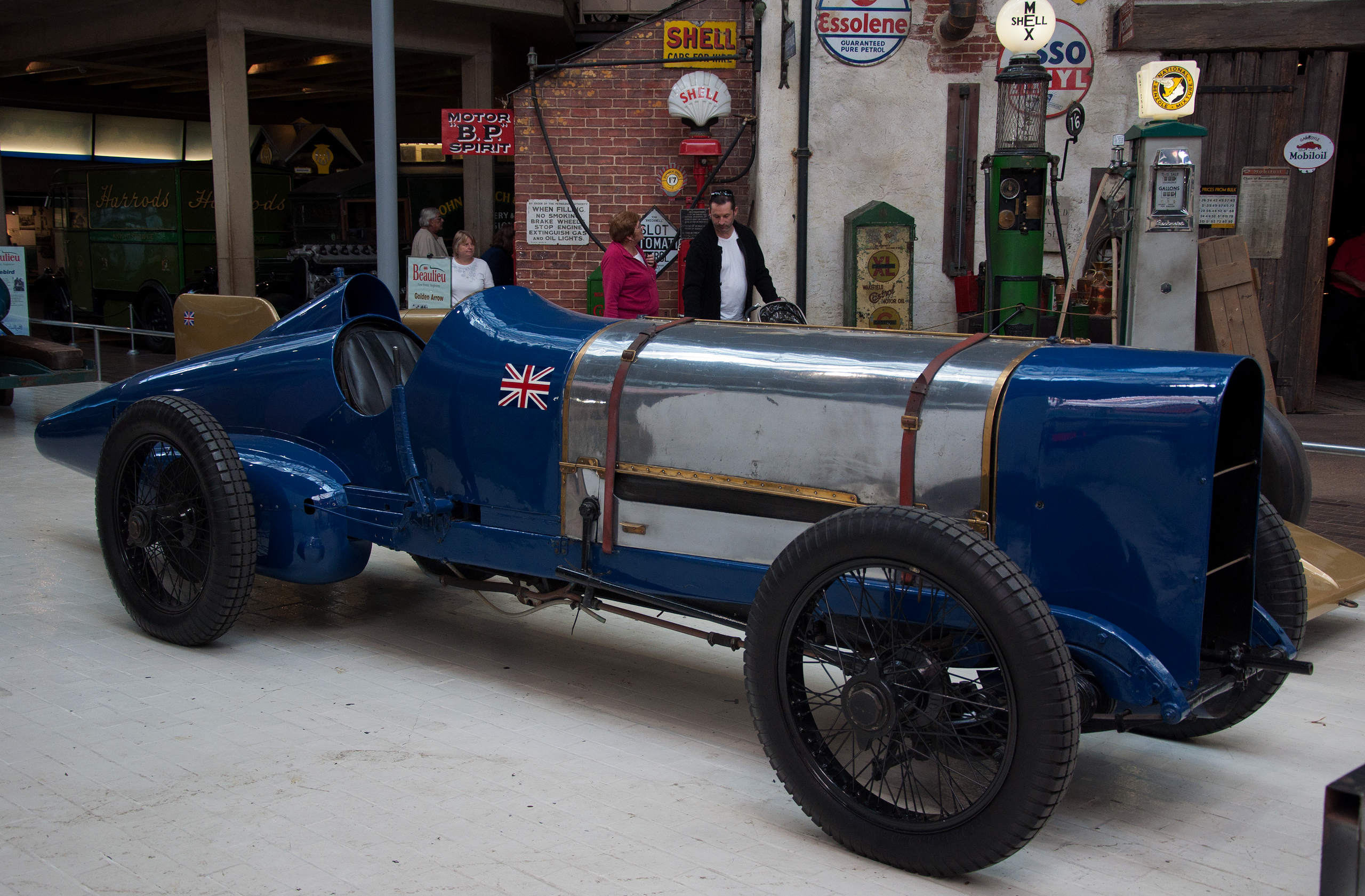
The car that first broke the 150 mph barrier might be the first one from a brand you might recognize: Sunbeam. The UK automaker existed from 1905 to 1934 before continuing as Sunbeam-Talbot. In 1920, it built a car called the Sunbeam 350HP, named for its output, which was specifically designed to capture land speed records. Power came from an 18.8-liter V12 airplane engine mated to a four-speed transmission with a shaft drive.
British racing driver and motoring journalist Sir Malcolm Campbell set a then-record at the Saltburn Speed Trials in June 1922 at 138 mph. However, the stopwatch broke, and the official record was not counted. After repainting the car and naming it “Blue Bird,” Campbell attempted several more record attempts before hitting 150.766 mph on the Pendine Sands in South Wales in 1925. Production cars reached this speed three decades later, in 1955, with the Mercedes-Benz 300 SL.
3 200 MPH: Sunbeam 1000HP Mystery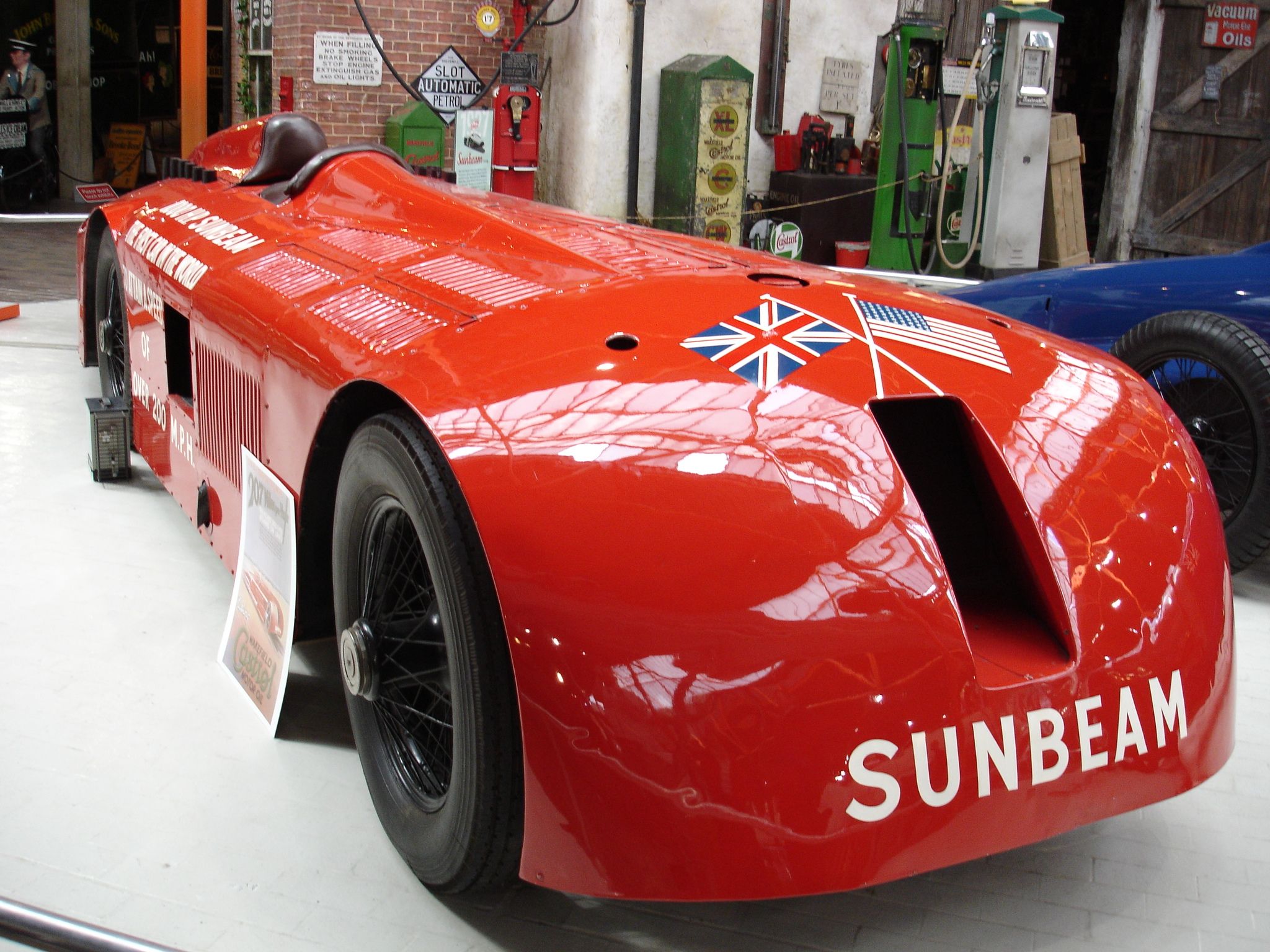
It only took two years before humans jumped from 150 to 200 mph, this time again in a British Sunbeam. The Sunbeam 1000HP Mystery was also named for its output, which was close to 1,000 hp, but was also ironically nicknamed “The Slug.” You can’t say the Brits don’t have a sense of humor. This car required two airplane engines to reach a 203.78 mph top speed with racing driver Sir Henry Segrave driving, the first to ever pass the 200 mph barrier and the first non-American car to run at Daytona Beach. It took until 1987 for a production car, the Ferrari F40, to claim a 201 mph top speed.
Each Sunbeam Matabele engine displaced 22.4 liters with 12 cylinders, with one mounted ahead of the driver and the other behind. The rear engine needed compressed air to start, then the front one used a mechanical friction clutch. To use them in unison, a dog clutch connected the two V12s and sent power through a three-speed transmission with a twin-chain final drive, which was considered outdated by 1927. It wasn’t just power that helped the Sunbeam 1000HP to hit over 200 mph. British automobile engineer Captain Jack Irving designed the car with body work that covered the tires, which were capable of standing up to 200 mph speeds for only three and a half minutes.
2 300 MPH: Campbell-Railton Blue Bird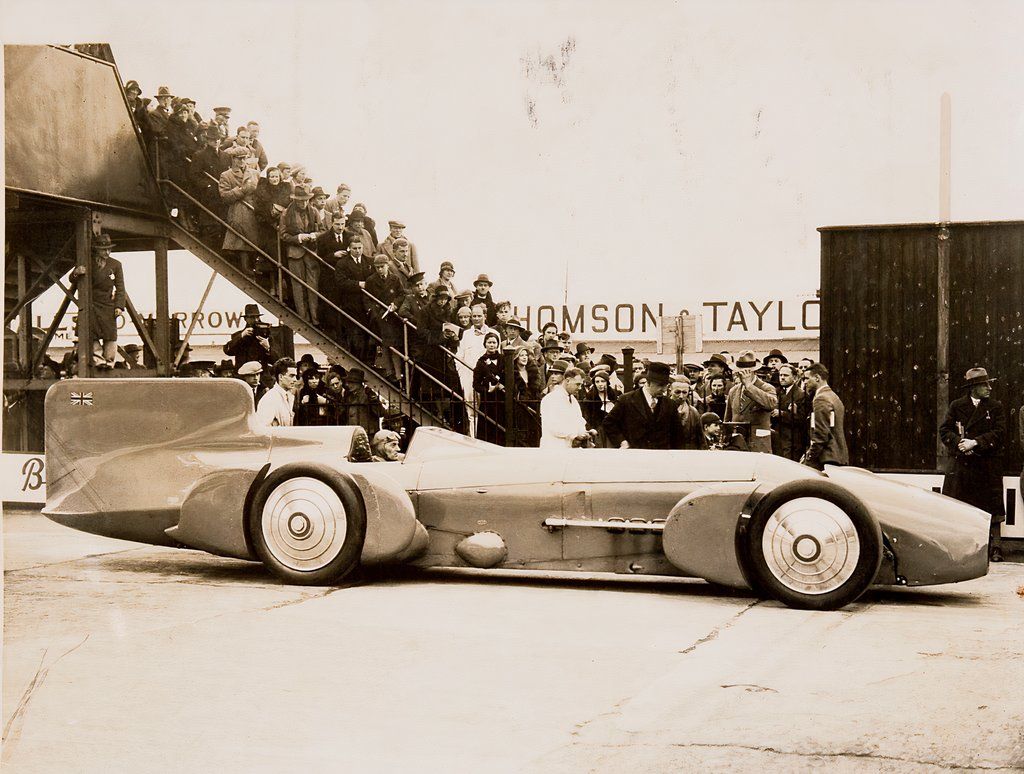
If you’re wondering why we skipped 250 mph and went straight to 300, it’s because both records were captured by the same driver in the same car, just three years apart. Like the 150 mph record, the 250 and 300 mph barriers were both broken by Malcolm Campbell in a car called Blue Bird, this time a Campbell-Napier-Railton built by Thomson & Taylor. In fact, this is the car that earned Campbell his knighthood when he reached 246.09 mph in Daytona on February 5, 1931. Segrave, who had taken Campbell’s record several years prior, was killed during a water speed record attempt in South Africa.
The car used a 23.9-liter supercharged Napier Lion W12 engine that produced a staggering 1,450 hp. After being knighted, Campbell didn’t stop setting records. He went back to Daytona one year later, in 1932, breaking the 250 mph barrier at a speed of 253.97 mph. Campbell continued to push the car to 272.46 mph in 1933 and 276.816 mph in 1935 before setting the first speed record at the Bonneville Salt Flats, breaking the 300 mph barrier at 301.129. His son, Donald Campbell, became the last person to set a land speed record without jet propulsion in 1964 when he clocked 403.10 mph in a Bluebird-Proteus CN7 with a 4,000-hp gas turbine engine.
These records are particularly impressive given that road cars did not hit 300 mph until 2019 with the Bugatti Chiron Super Sport 300+. 400 mph has never been approached by any street legal vehicle.
1 Sound Barrier: Thrust SSC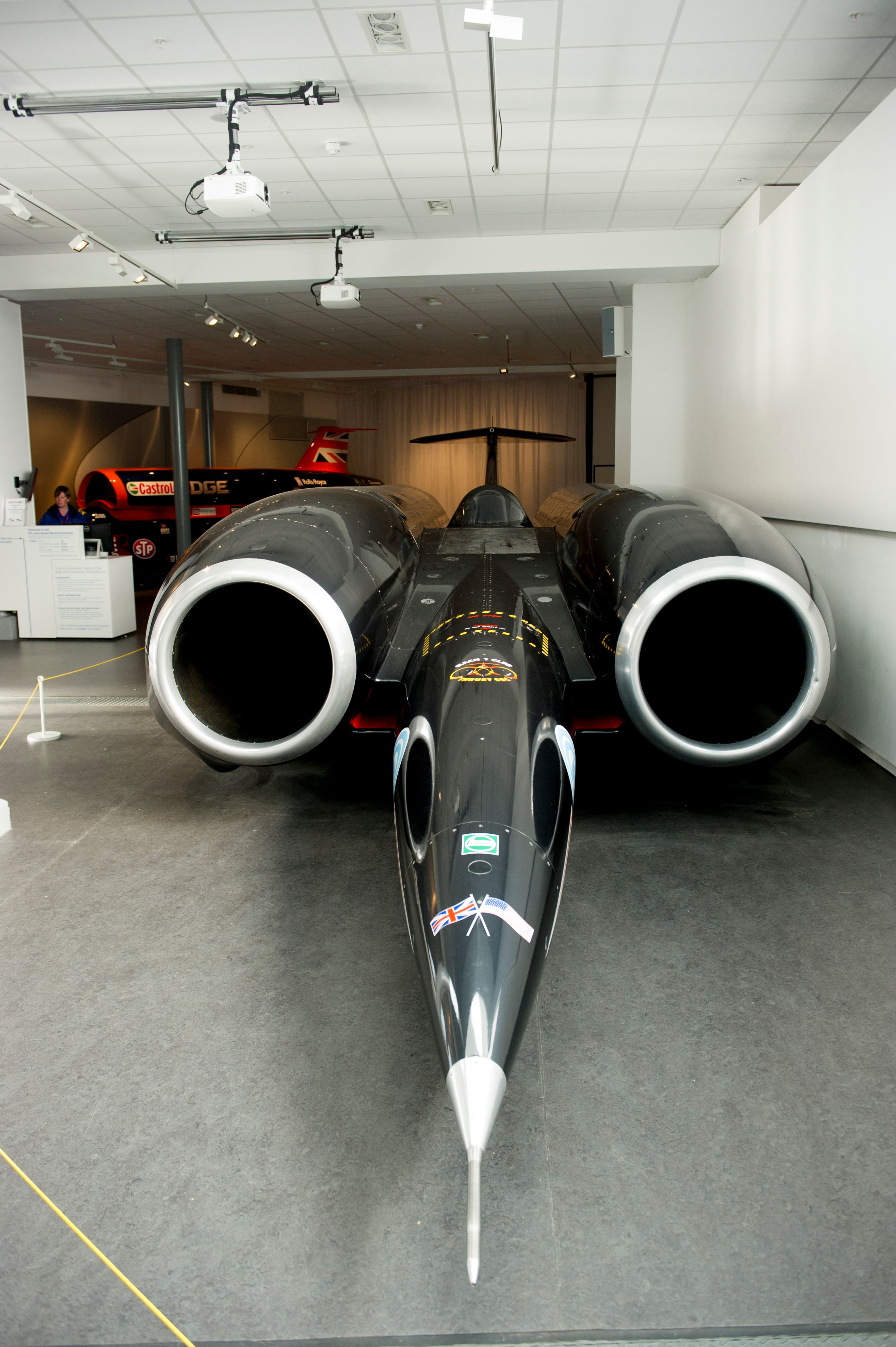
Following the 400-mph record, most of the vehicles that broke land speed records stopped looking like cars, and more like grounded airplanes without wings, so we decided to skip ahead to the fastest one. The Thrust SSC (SuperSonic Car) set its first record in September 1997 with British Royal Air Force Wing Commander Andrew Duncan Green behind the wheel. Powered by two Rolls-Royce turbofan engines producing 50,000 pound-force of thrust, the car initially captured the record in the Black Rock Desert with a speed of 713.990 mph, burning 4.8 gallons of fuel per second in the process.
Green returned to the desert in October of the same year and broke his own record with a 760.343 mph speed, the first and only land vehicle to break the speed of sound. This record has stood for more than two decades, despite potential challengers. Jessi Combs became the fastest woman on Earth at 522 mph in a North American Eagle Supersonic Speed Challenger, a 52,000-hp jet car that appeared like it could break the land speed record, but she was tragically killed during the run in 2019. The Bloodhound LSR looked like it could break the record at over 800 mph, but it never had a chance to attempt a run after the COIVD-19 pandemic. As of last year, the Bloodhound team was looking for a driver and $14.7 million in funding to make the run with a predicted 1,050 mph top speed. Maybe someday the 1997 record will fall.




